The new AC systems, meant to run efficiently at a low speed, struggled to keep up with the humidity. Water consumption was higher than expected and energy costs were high. And disconcertingly, rain seemed to drip from random areas of the ceiling. Roof leaks were an obvious culprit, but if you look at the roof from above, no probable water leaks were apparent. What was going on? Time for some building science.
An airtightness test was performed by an ATTMA-accredited tester because early in the project, a building airtightness target was defined for the aquatic centre. A top-of-the-line AC system requires tight control of the pressure in the building to function effectively, but you can’t control pressure with excessive air leakage.
When they turned on the blower doors, what did they find? First, the equipment couldn’t get the building to 50 Pascals test pressure, so the equipment ran full blast because the building was so leaky. It had a permeability well above 10m³·h-1·m-2 at 50Pa (for reference, Passive House sets an equivalent of 0.6 ACH50, more than 15 times tighter). So where was the culprit?
One powerful partner tool of the blower door is the infrared camera. With the blower door putting pressure on the building, leaking air heats or cools surfaces as it passes by, allowing leaks to show more clearly in an image. This is the effect seen at this roof parapet in this picture. With the blower door creating positive pressure, the air leaks warm the parapet and make it light up in infrared like a road sign.

So much air leaked out from parapet that, standing on the roof, one could smell the pool chlorine and hear kids splashing around inside. Opening it up and looking inside, the testers were shocked to see voluminous condensation, mould, and rust. This building is only a few years old.
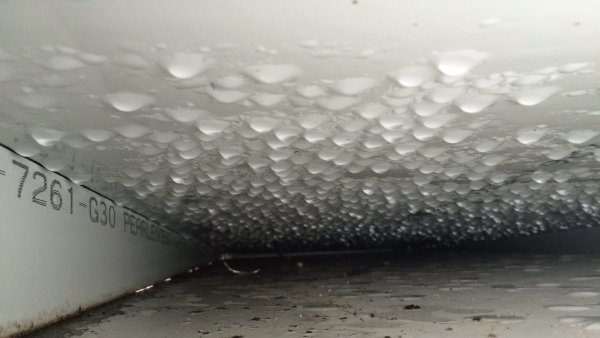
Air leaked out of the parapets around the whole building, carrying extremely humid air with it that washed over cold metal surfaces. This is essentially a dehumidifier! Water from the pools evaporates, travels up by air leaks to the parapet, where it condenses into the “rain” that was the first sign of the problem in this building.
There is no amount of special material that you can specify that will make up for this poor design and construction of airtightness — one of the most critical characteristics of a high-performance building. Aquatic centres must control extreme environmental forces — heat, air pressure, and water vapour pressure — and any gaps around them will be readily exposed.
What level of airtightness would avoid these problems in an aquatic centre? The ideal air leakage through the building envelope would be — no kidding — zero. But a reasonable starting point for New Zealand might be 2.0 m³·h-1·m-2 @ 50 Pa, although many projects would strive for much better than this. And with the wall and roof assemblies involved in buildings like this such as metal, glass, masonry, airtightness can be more straightforward to specify. The simpler and clearer your specification, the better the likely result.
I encourage you to not only specify an airtightness target for your next high-performance project but also to specify testing for, even if there is no penalty for not passing the target. You will be given powerful information about what you did well and what you can still work on. This process of improvement can lead to better outcomes on every project you do.
FYI, here is a link to a great free document about thoughtful design and construction for moisture control, with some simple advice for continuity and forethought: EPA Moisture Control Guidance
And an always-entertaining blog about energy and building performance issues: Two Rules for Preventing Humidity Damage

Written by Sean Maxwell
Technical Manager, pro clima Australia
Sean is an expert in airtightness testing and procedures
www.proclima.co.nz









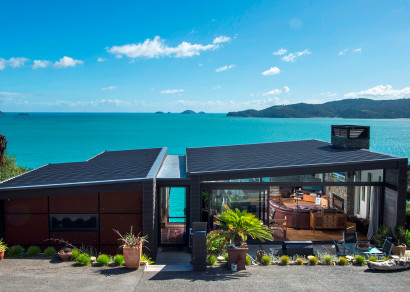



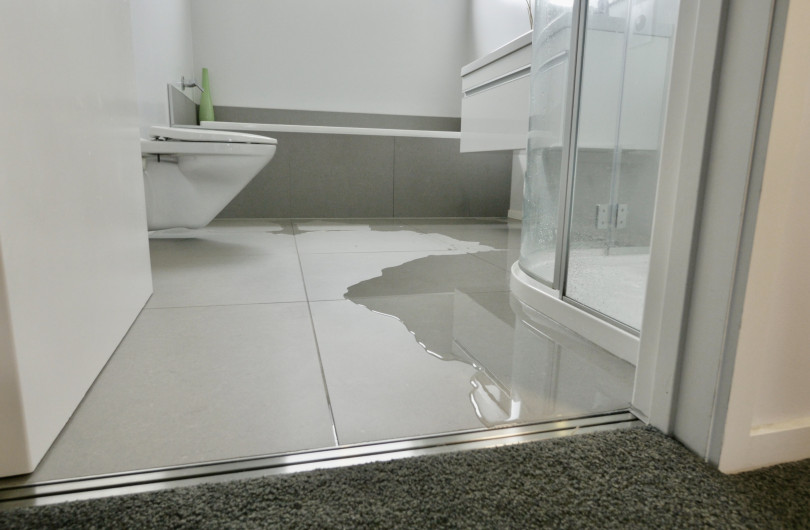
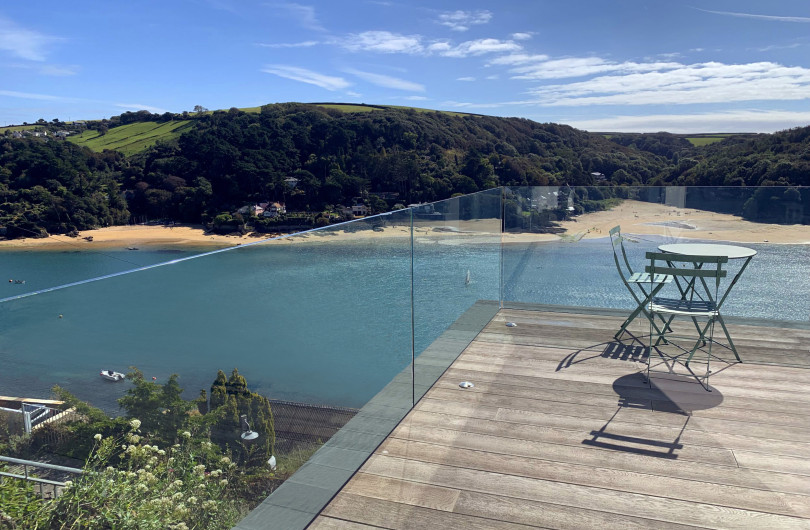
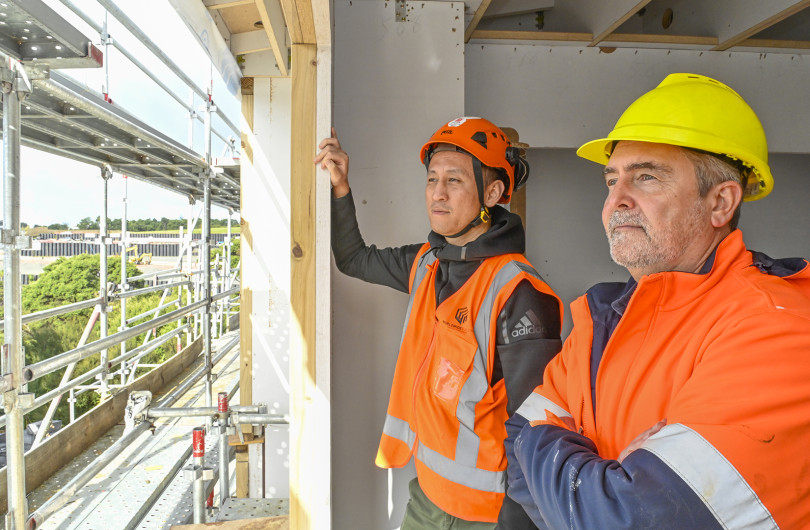
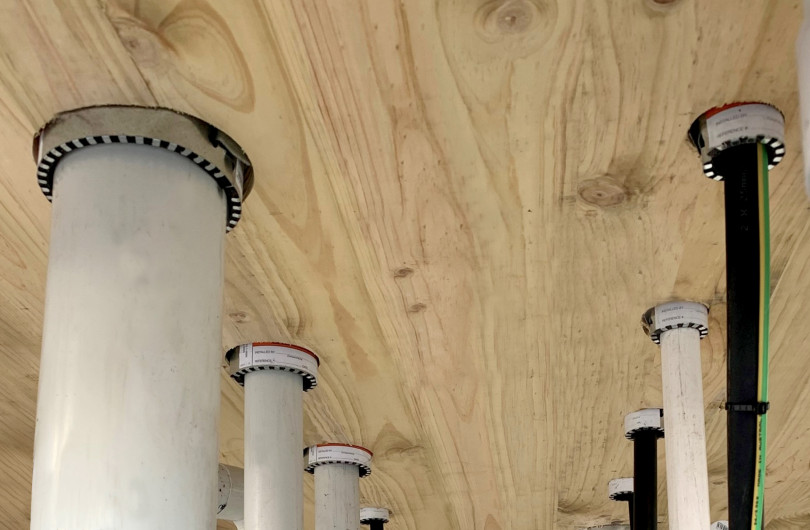



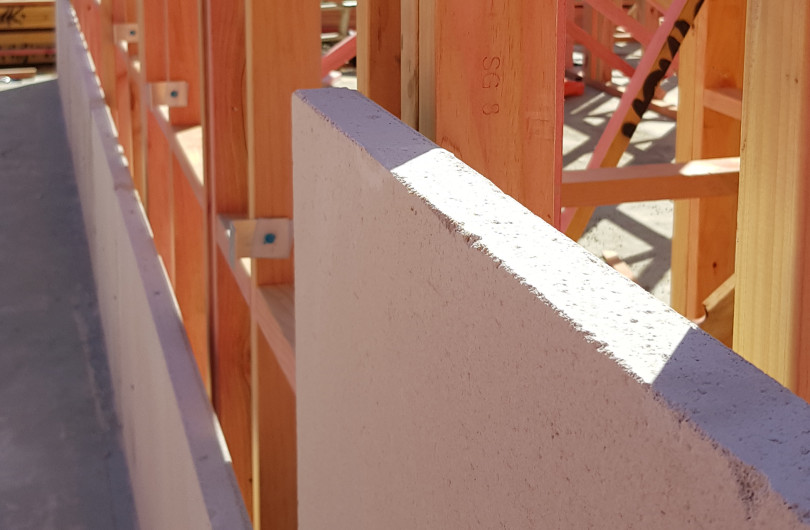




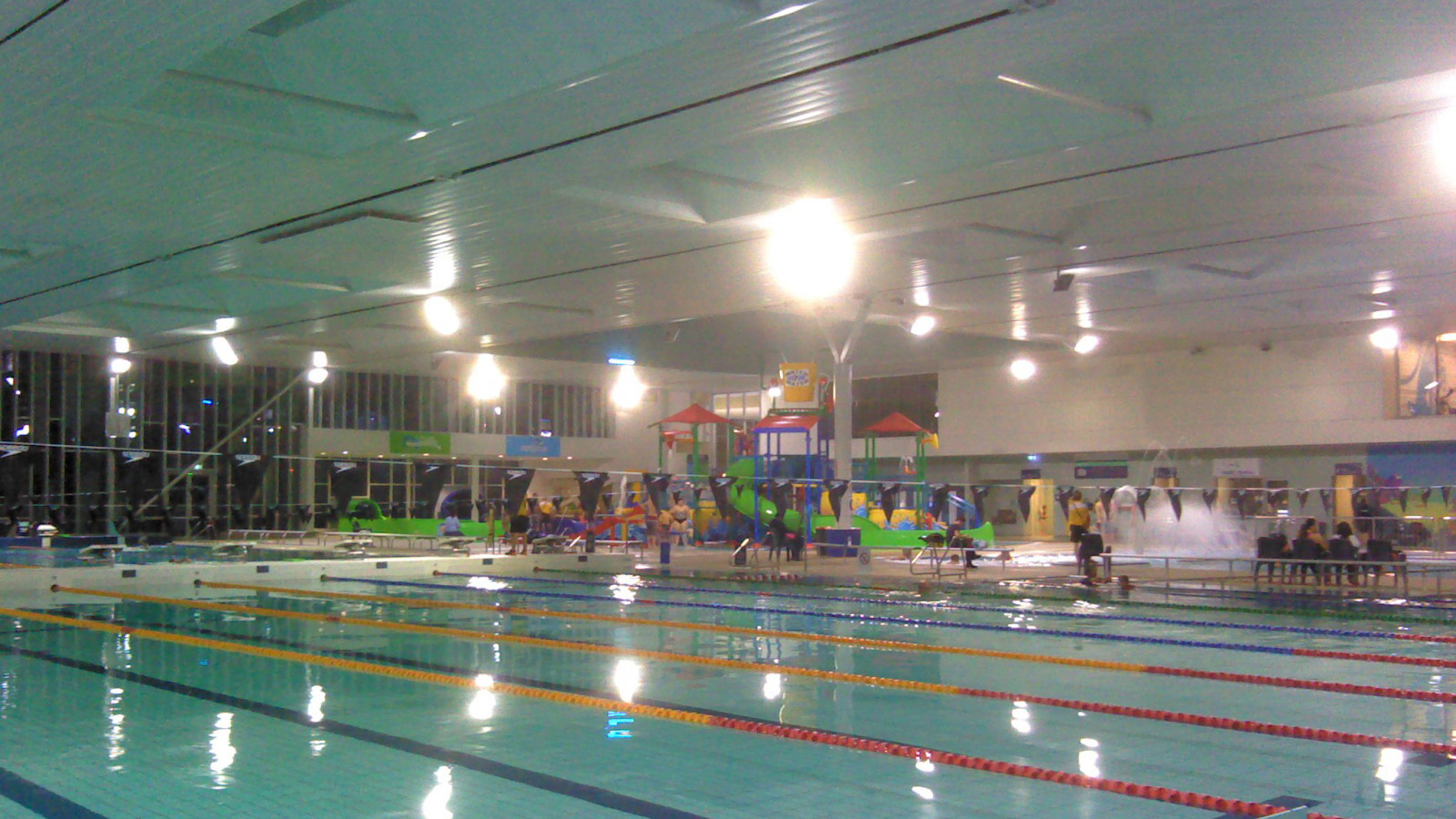



 Most Popular
Most Popular Popular Products
Popular Products


